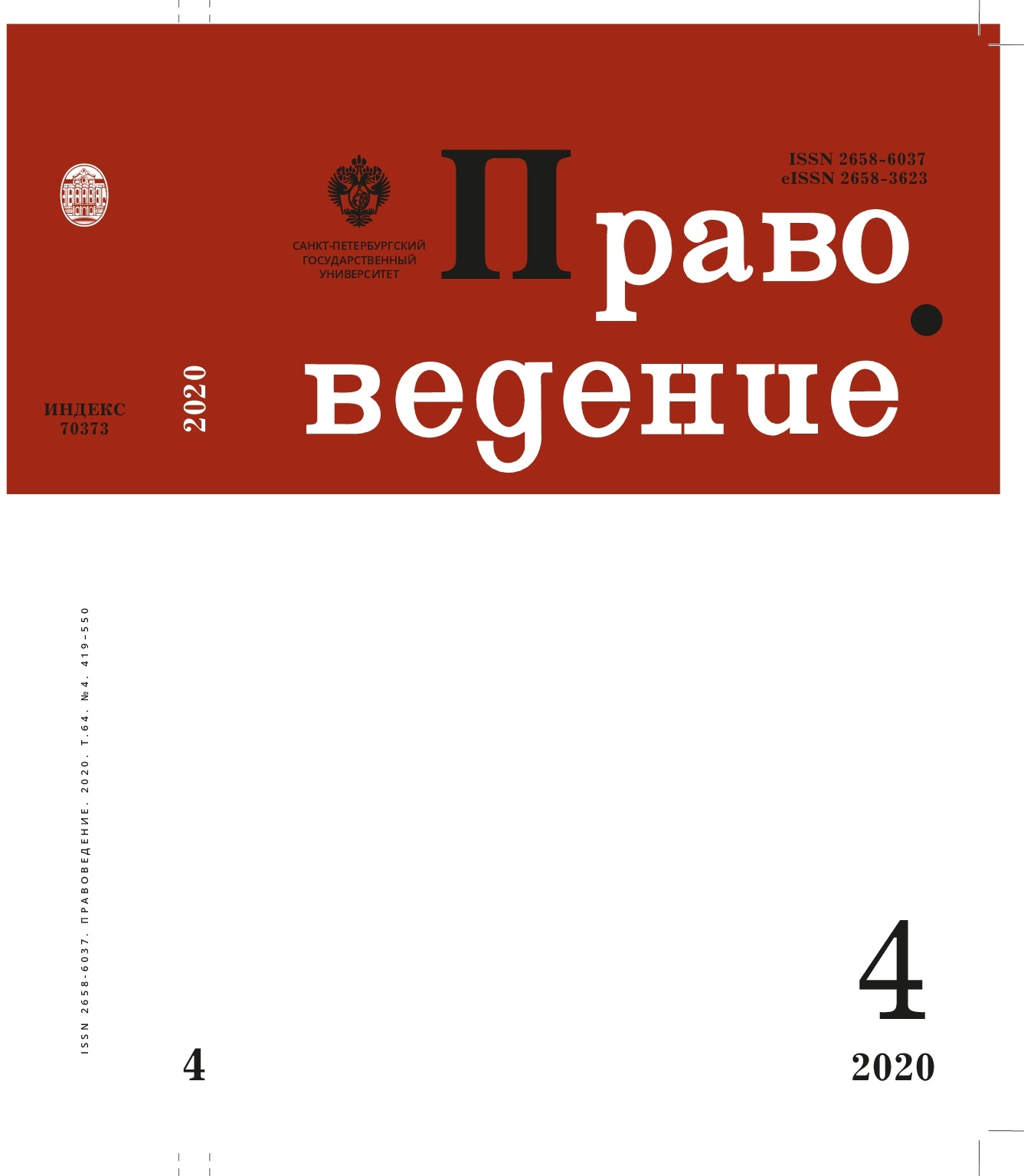Concepts of limitation periods in UK and US law
DOI:
https://doi.org/10.21638/spbu25.2020.403Abstract
In the article the author analyzes the statute of limitations under Russian law and the law of Great Britain and the USA.The current legal regulation of limitation periods in Russia is based simultaneously on two mutually exclusive concepts: on the one hand, the Civil Code of the Russian Federation indicates that the application of limitation periods prescribes that the fact of violation of a right and the determination of the person who violated this right must be established, on the other hand, the Civil Procedural Code of the Russian Federation and the Arbitration Procedural Code of the Russian Federation provide for the possibility of terminating legal proceedings without examining the merits of the case and without examining the evidence. While each of these concepts is obviously acceptable, the combination of various tasks within the framework of one institution demonstrates the inconsistency of legislative regulation. In this regard, the study of other countries’ experience concerning the purpose of the institution is of particular importance. A comparative legal analysis carried out by the author illustrates that the law lacks a unified concept and ideology of a mechanism providing for the refusal to resolve a dispute in judicial proceedings due to the expiration of a certain period of time. In the law of Great Britain and the USA, there exist several mechanisms of limitation, each of which is based on certain principles and operates according to its own rules. In the framework of this article, the author attempts a comprehensive comparative legal analysis of the statute of limitations in order to provide a basis for finding an answer to the question concerning the legal nature of the modern institute of limitation in Russian law
Keywords:
exception, statute of limitations, limitation periods, defendant’s remedy, right to claim, institute of prescription
Downloads
References
Downloads
Published
How to Cite
Issue
Section
License
Articles of "Pravovedenie" are open access distributed under the terms of the License Agreement with Saint Petersburg State University, which permits to the authors unrestricted distribution and self-archiving free of charge.




